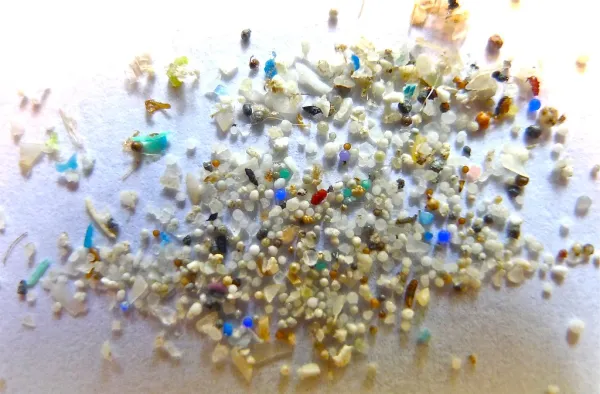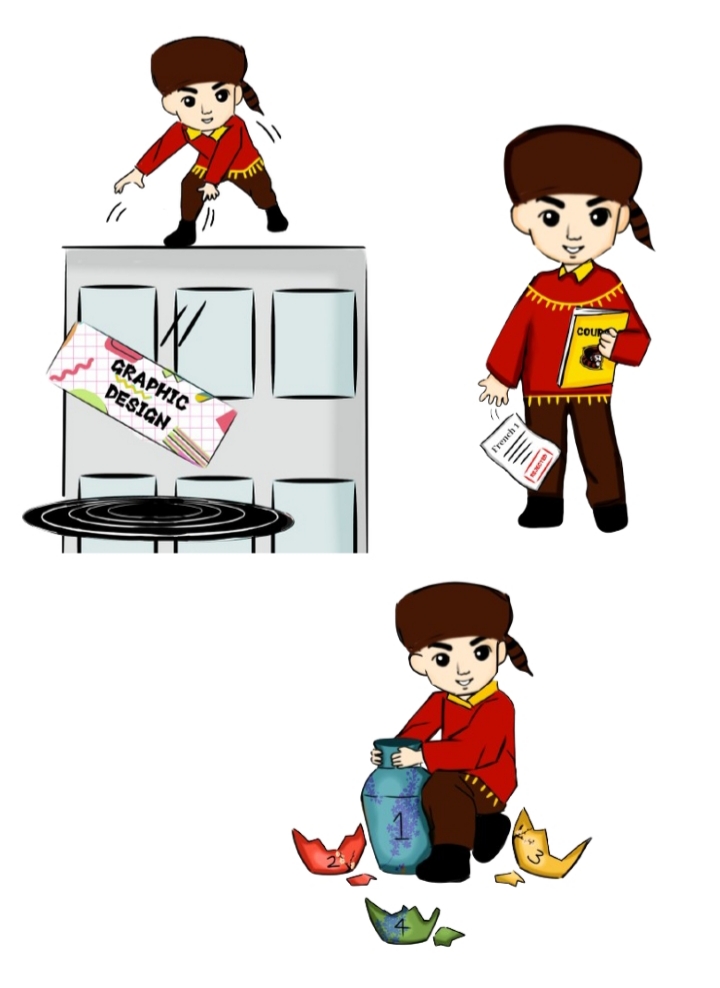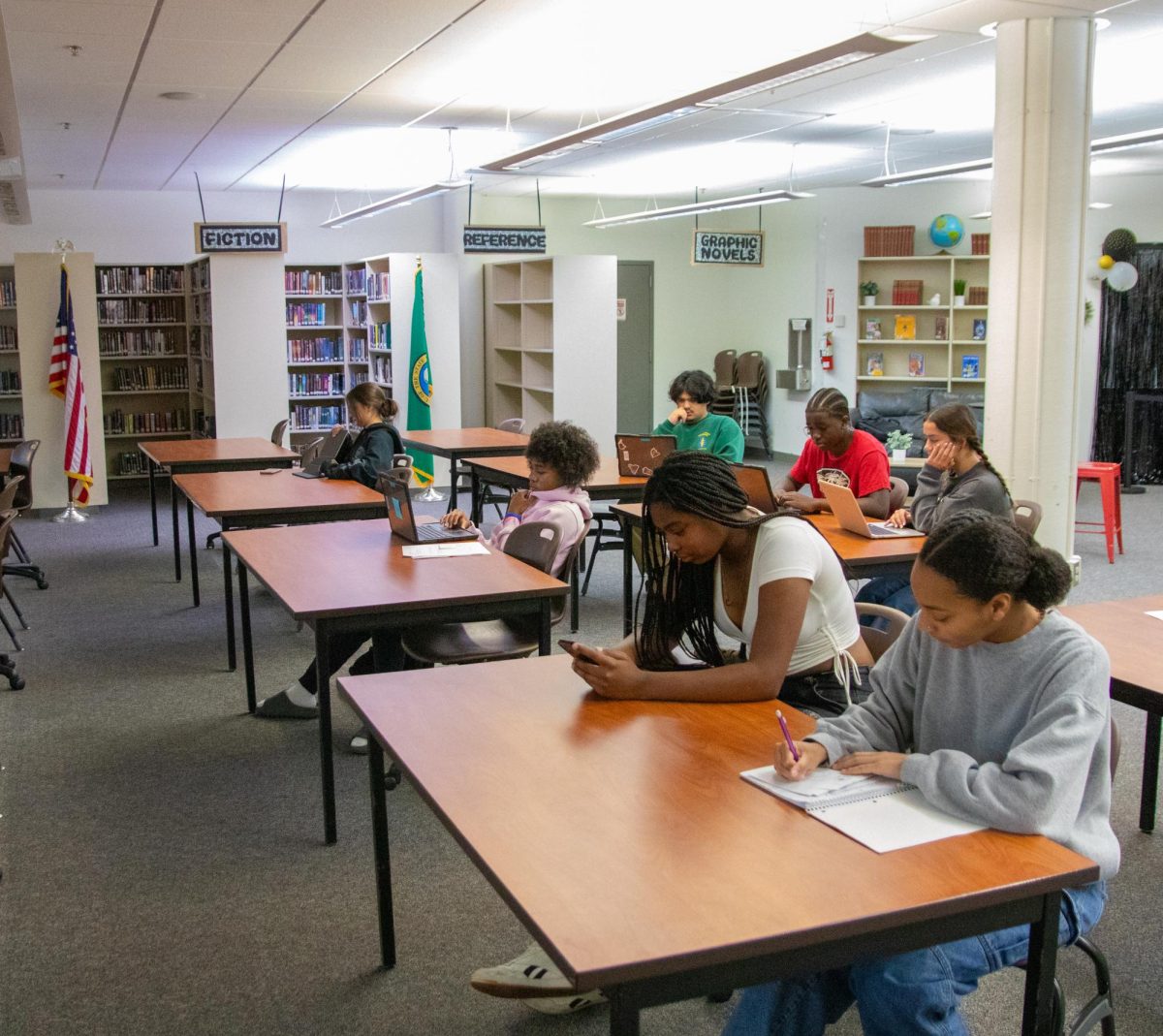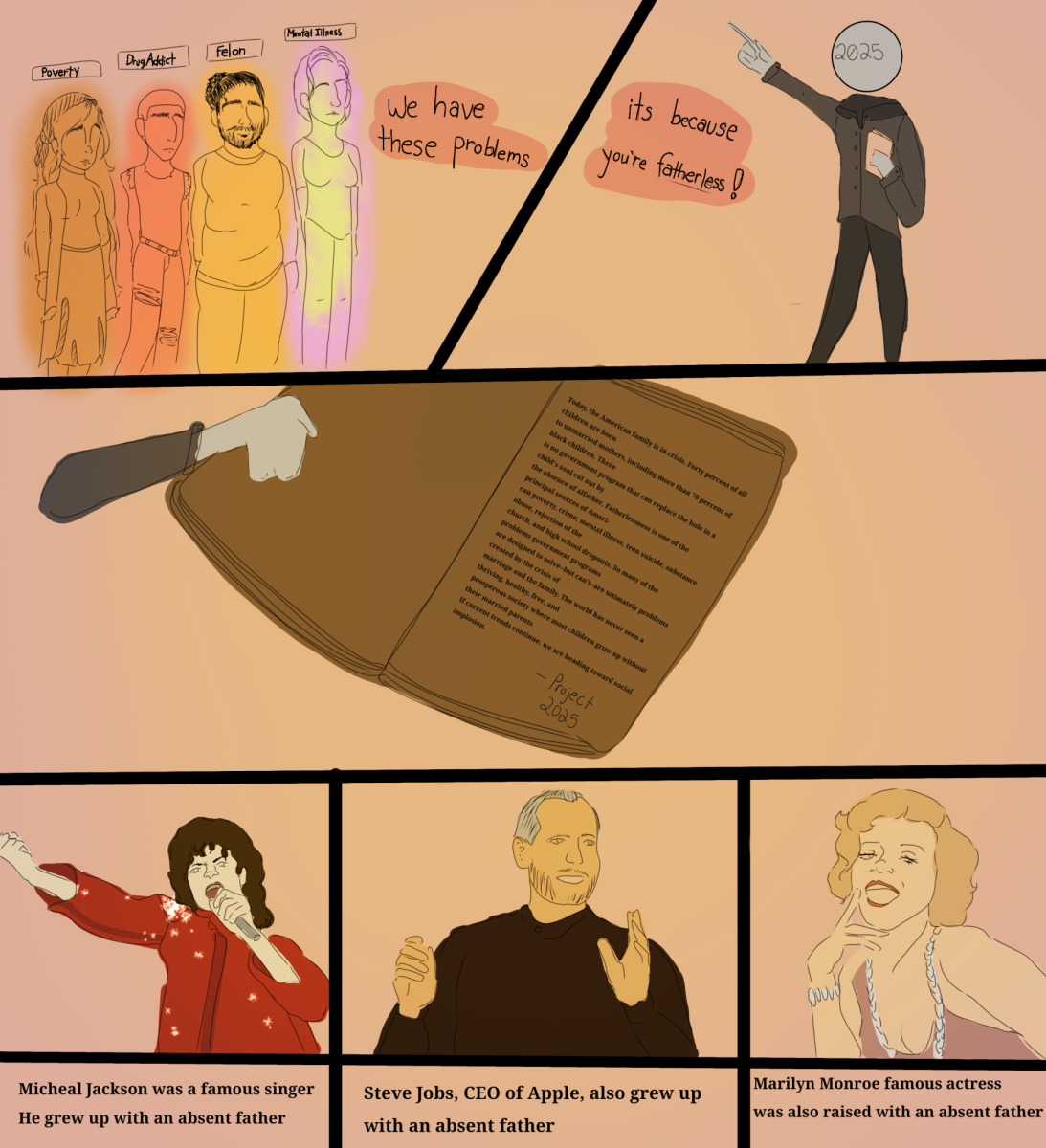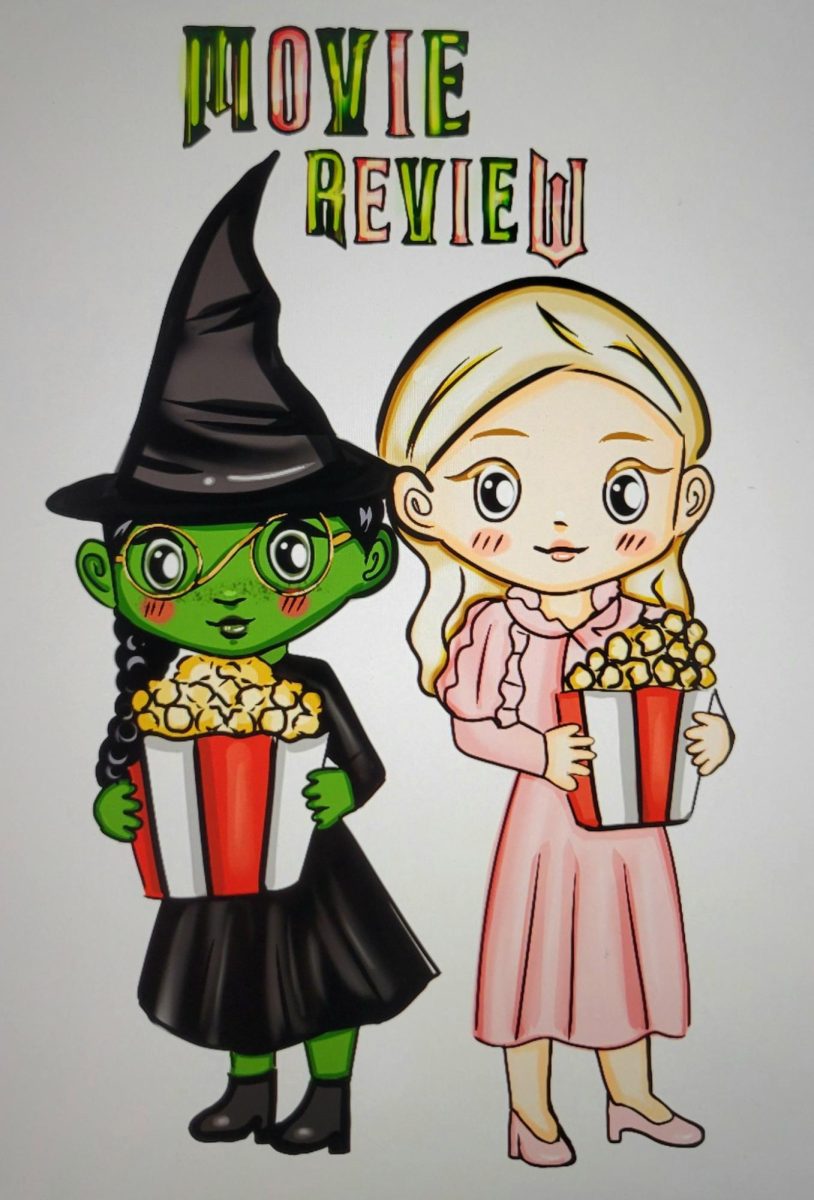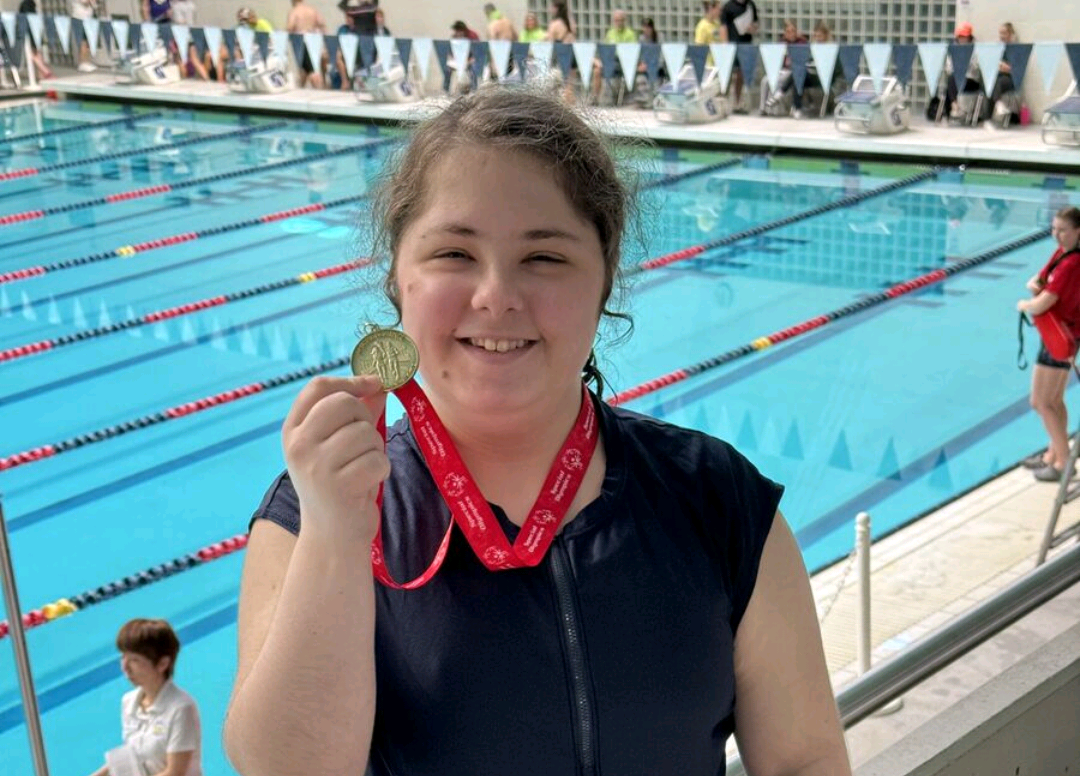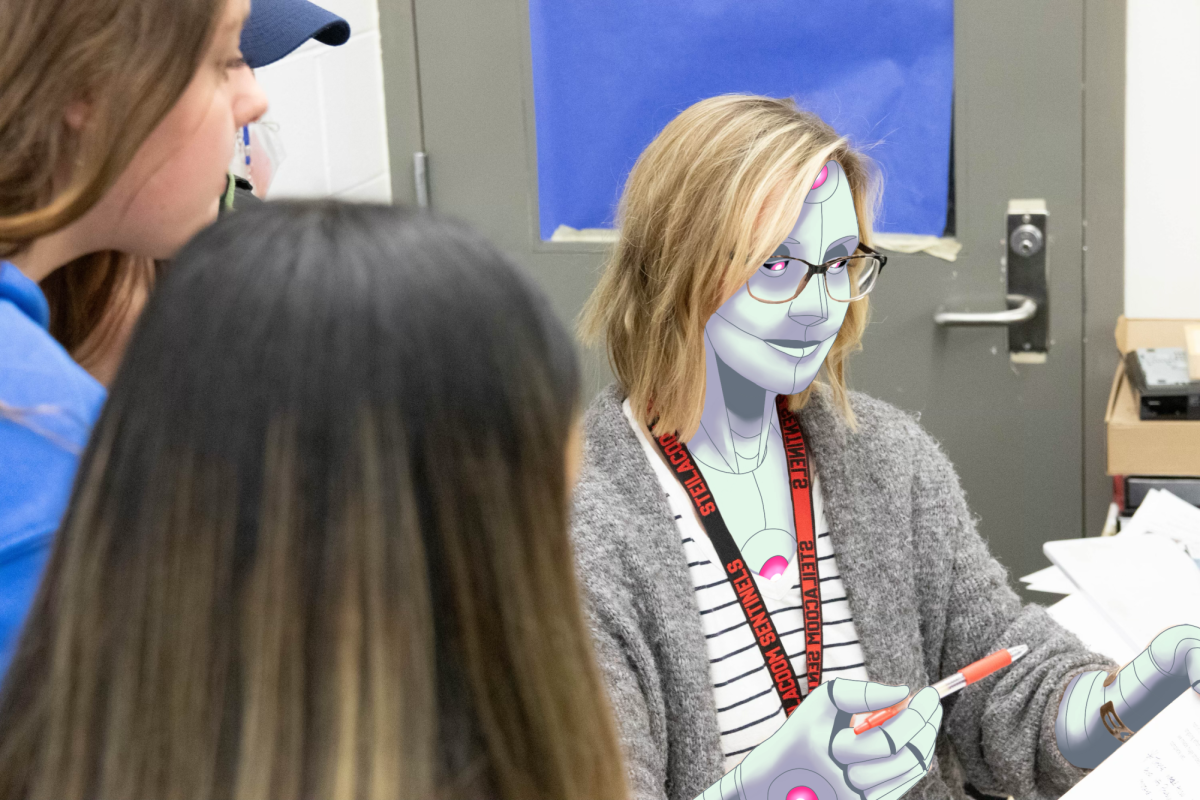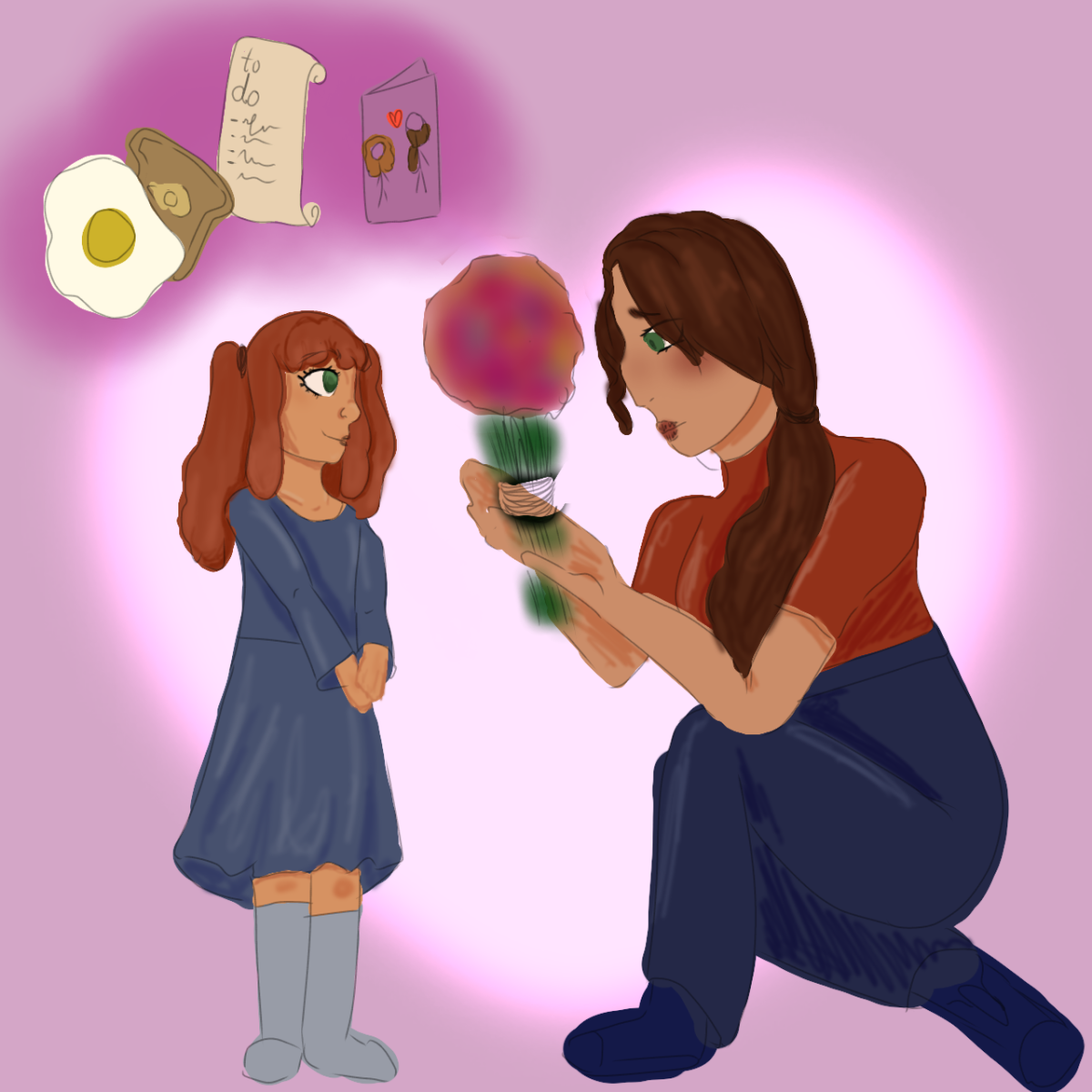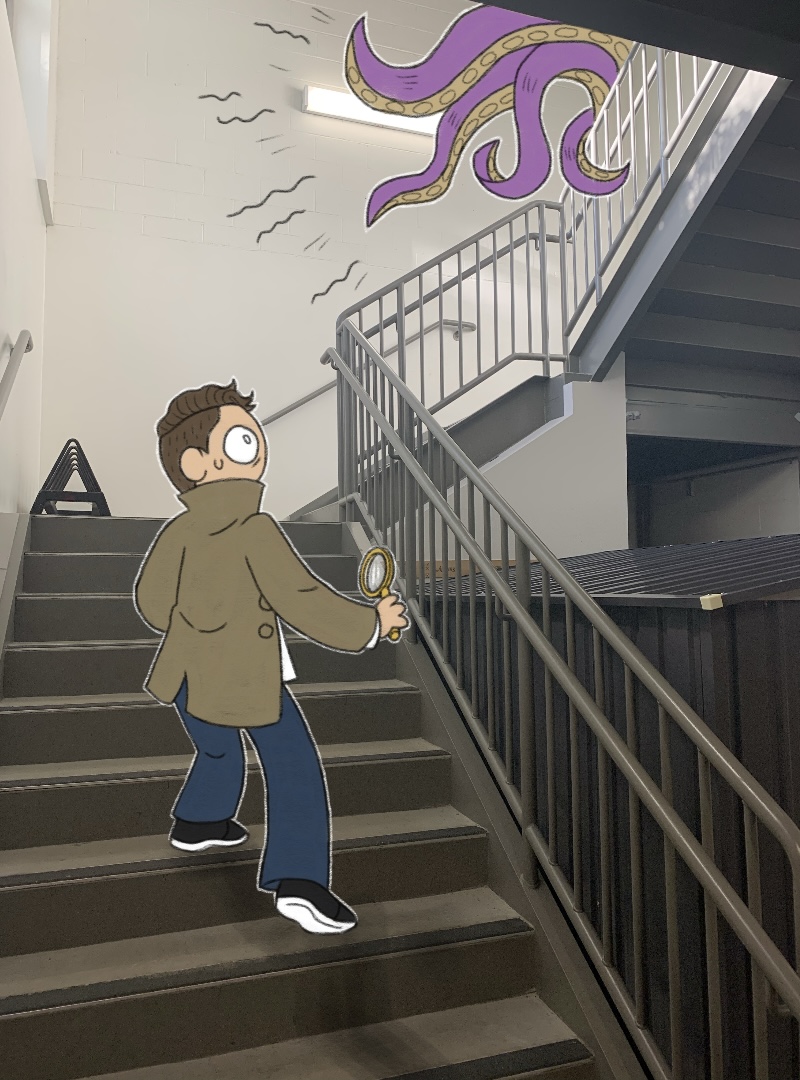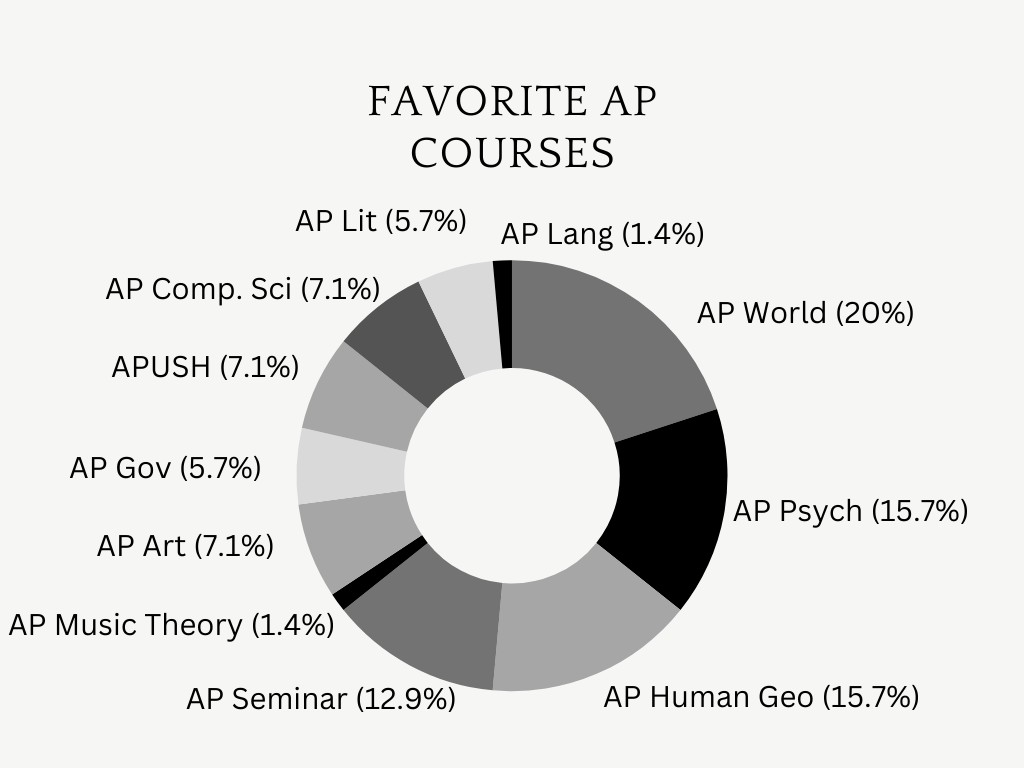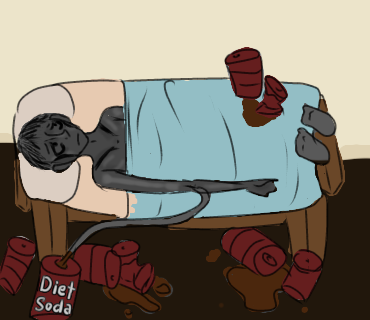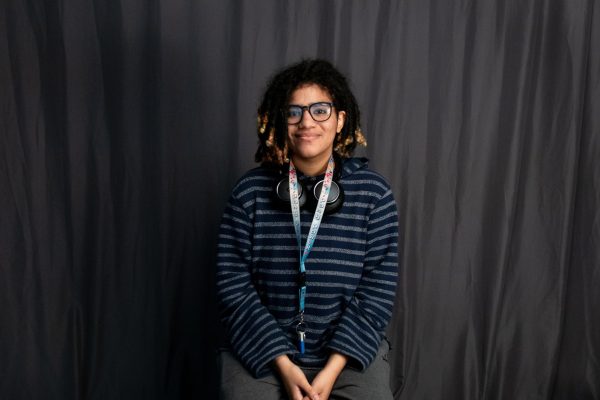In a study conducted by BMC Psychiatry, one in six adolescents aged 12 to 16 engage in non-suicidal self-injury (NNSI), or self harm. Only 18% of them sought professional help. For Mental Health Awareness Month, we’d like to discuss self-harm.
Self-harm is when someone hurts themselves on purpose. People think of cutting, but self-harm also includes things like burning, scratching, punching or other types of physical damage. It can also be more internal, like intentionally taking dangerous amounts of drugs or alcohol.
There’s a lot of reasons for someone to self-harm. There’s often not one clear reason. It can be an outlet for emotions when someone feels like they can’t get the emotions out in any other way. Some do it because they feel numb and self-harm makes them feel something. Some people just start and can’t stop. Whatever the exact reason, it’s obvious they need help and likely don’t know how to ask for it.
Here’s how you can help. Firstly, if you see someone with fully healed scars, don’t bring it up. Even with good intentions, pointing out healed scars makes people feel awkward and it can come off as rude. If you see someone with anything that looks fresh, talk to them about it in private. Ask them if they’re hurting themselves and if there’s any way you can support them. Direct them towards professional help. It’s good to help someone you care about, but you need to make sure you’re not risking your mental health to help others. The Pierce County Crisis Line 988 is a local helpline if the self-harm transfers to suicidal thoughts. Our behavioral health specialist on campus, Sarah Menard, is a resource as well. In addition, there is an app called “I Am Sober” where you can track your progress for NOT entering into hurtful actions against yourself in any form. The app takes the form of a pledge and the app checks in with you.



